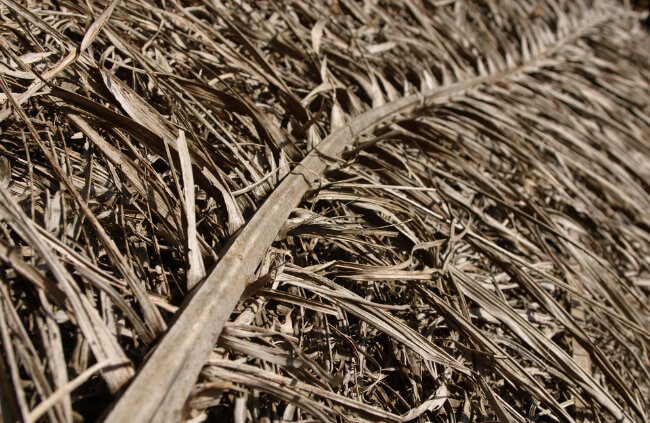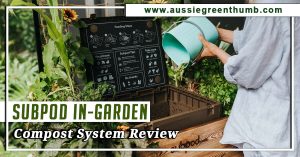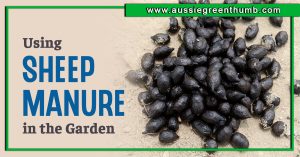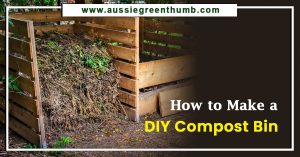The toughest materials to compost are by far; palm fronds and strappy foliage plants. Their innate fabric always proves to be tougher than the bacteria and bugs that do the decomposing.
And months later, when everything else has become unrecognisable, palm fronds and grass foliage remnants look like they’ve only just hit the compost heap. Even trying to mulch them through a chipper shredder proves equally futile so read on and find out different ways how to compost palm fronds.
More...
Different Ways to Compost Palm Fronds
The strands that make palm fronds up will usually wrap around the blade forcing the motor to seize and making you spend hours trying to unravel it again. Strappy foliage from plants such as cordylines, agapanthus and other native grasses can be even worse and often most gardeners will resort to just binning the waste. However, there is a way to compost this seemingly indestructible garden refuse.

Letting Palm Fronds Dry Out then Shredding
The first method is to let it dry out first. This may take some time but the palm fronds and strappy foliage need to be left until they are dry and brittle. Once this has been achieved then shredding them is a cinch – they will begin to break down like any other organic material after this point.
Chopping Palm Fronds and Covering with Compost Tea
The second option is to chop the palm fronds by hand and then place them in a container, covering them with compost tea. This will break the items down individually and within a few weeks.
From there, they can be transferred back into the compost heap where they will continue their decomposition in a similar time frame to the rest of the materials.
Bury in Soil with Non-Composted Manure as Cover
A third option is to dig a hole large enough to hold the palm fronds (cutting them in half or thirds prior is a help) and then covering with a non-composted manure – chicken or cow manure are best. Replace the soil over these and they shall break down within a few months.
So, as you can see, composting palm fronds and strappy foliage plants isn’t impossible but it does require a little more effort.
Published on June 6, 2023 by Nathan Schwartz
Last Updated on September 20, 2025




